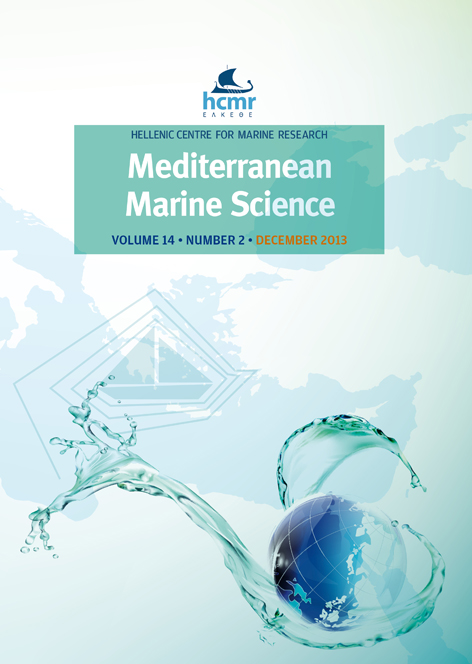Distribution and depletion of sulfadiazine after a multiple per os dosing in gilthead sea bream (Sparus aurata) fed two different diets
Περίληψη
The distribution and depletion profile of sulfadiazine (SDZ) were investigated in gilthead sea bream (Sparus aurata) fed on fish oil (FO) or plant oil-based (PO) diets. Fish averaging 230 g were given medicated feed containing 25 mg SDZ kg-1 fish for 5 days at 24-26oC. Blood and muscle plus skin were sampled on days 1, 3, 5, 6, 8 and 9. Differences in plasma and fillet SDZ levels between the two groups were statistically insignificant. The maximum drug concentrations in plasma were 3.2 ± 1.9 μg mL-1 and 2.9 ± 1.2 μg mL-1 in the PO and FO groups, respectively. In post-medicated samples depletion rapidly reached concentrations close to the level of quantification at 72 h post medication. Withdrawal times to reach consumer safety levels were calculated to be 103 and 118 h for the FO and the PO groups, respectively. N4-acetylation was found to be the major metabolic pathway of SDZ in gilthead sea bream fillet accounting for 23 and 19% of the parent compound in the FO and the PO groups, respectively. Overall, alteration of the dietary lipid profile induced insignificant effects on the kinetics of SDZ. The high tissue SDZ levels during medication and the fast removal of the parent compound and its metabolites from edible tissues of gilthead sea bream reflect a promising antibacterial profile.
Λεπτομέρειες άρθρου
- Πώς να δημιουργήσετε Αναφορές
-
RIGOS, G., ZONARAS, V., NIKOLOUDAKI, X., COTOU, E., HENRY, M., VARO, I., & ALEXIS, M. (2013). Distribution and depletion of sulfadiazine after a multiple per os dosing in gilthead sea bream (Sparus aurata) fed two different diets. Mediterranean Marine Science, 14(2), 377–383. https://doi.org/10.12681/mms.490
- Τεύχος
- Vol 14, No 2 (2013)
- Ενότητα
- Research Article
Authors who publish with this journal agree to the following terms:
- Authors retain copyright and grant the journal right of first publication with the work simultaneously licensed under a Creative Commons Attribution Non-Commercial License that allows others to share the work with an acknowledgement of the work's authorship and initial publication in this journal.
- Authors are able to enter into separate, additional contractual arrangements for the non-exclusive distribution of the journal's published version of the work (e.g. post it to an institutional repository or publish it in a book), with an acknowledgement of its initial publication in this journal.
- Authors are permitted and encouraged to post their work online (preferably in institutional repositories or on their website) prior to and during the submission process, as it can lead to productive exchanges, as well as earlier and greater citation of published work (See The Effect of Open Access).






